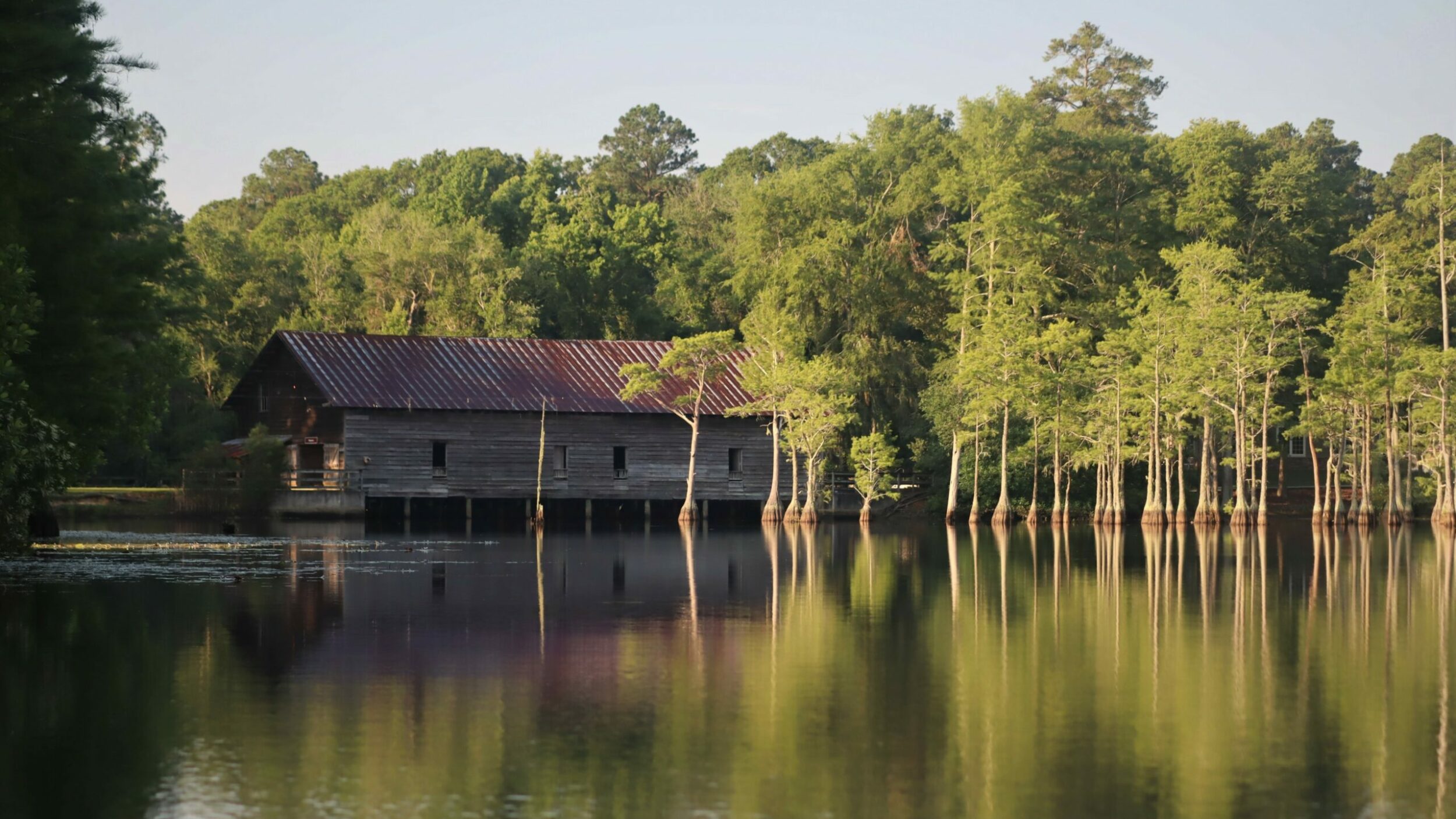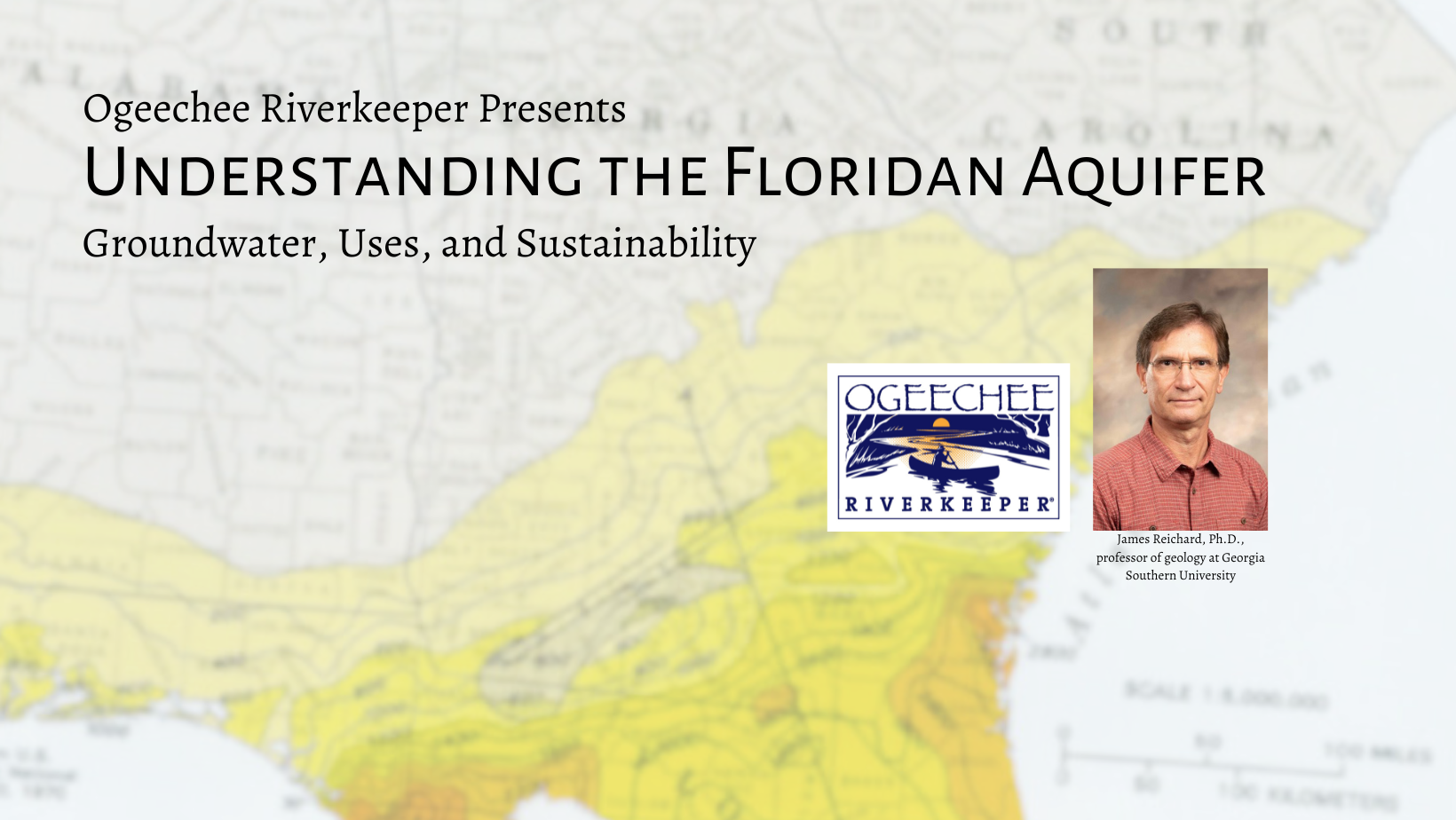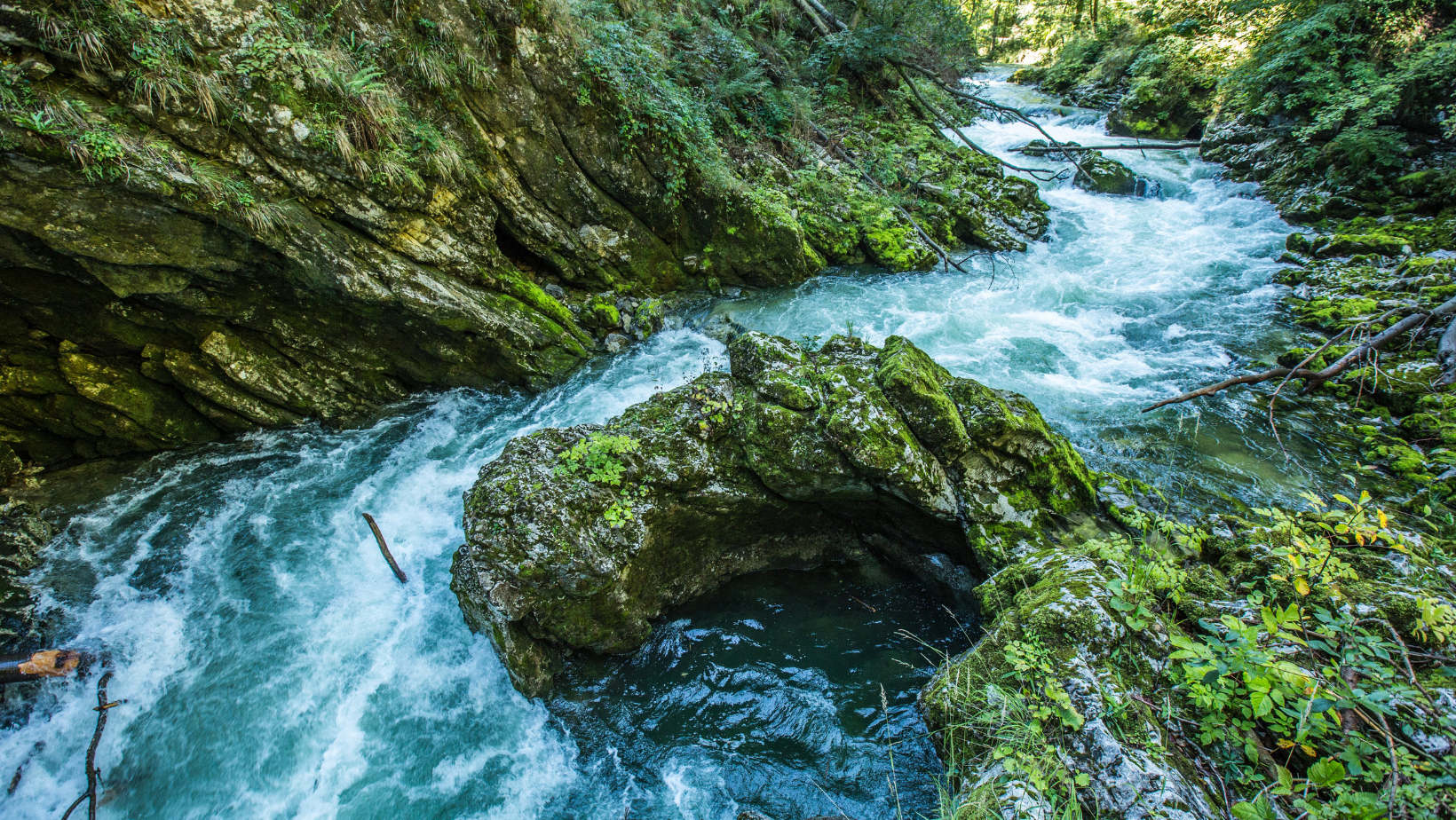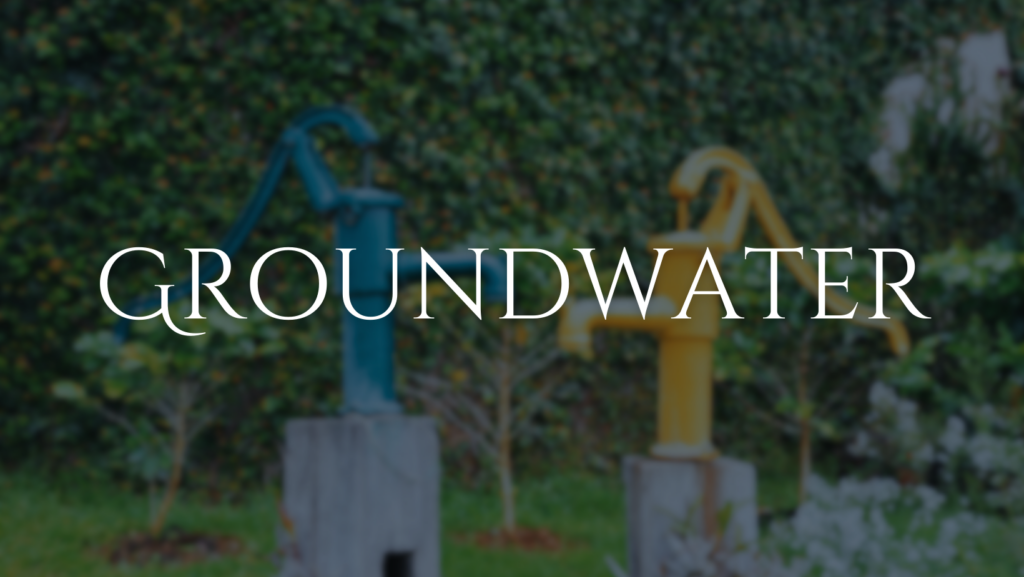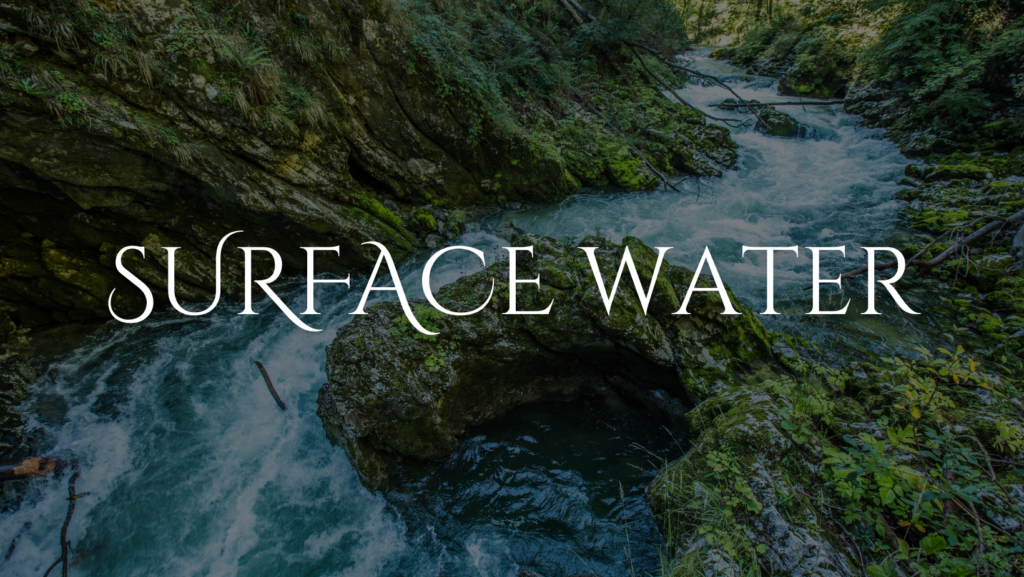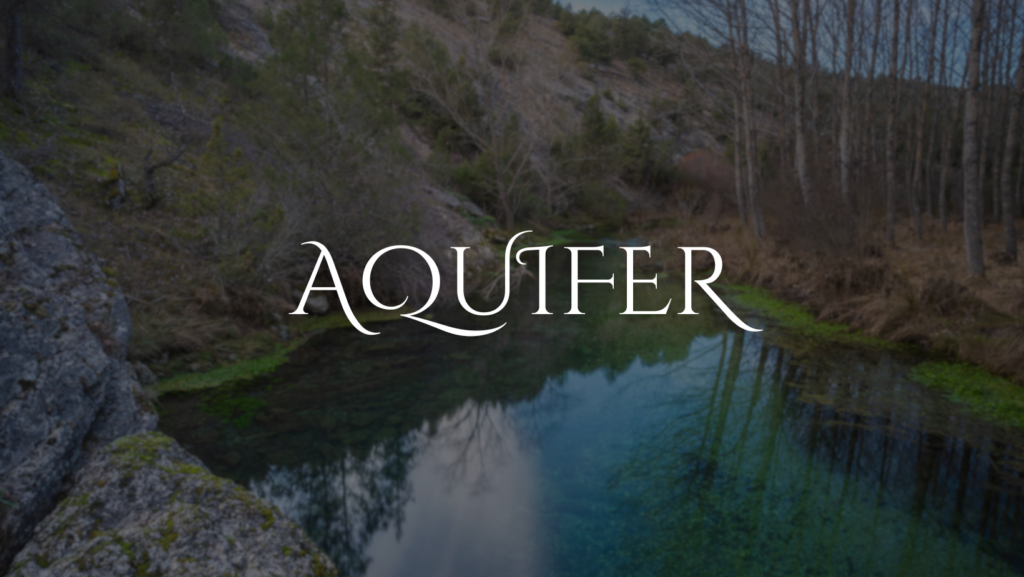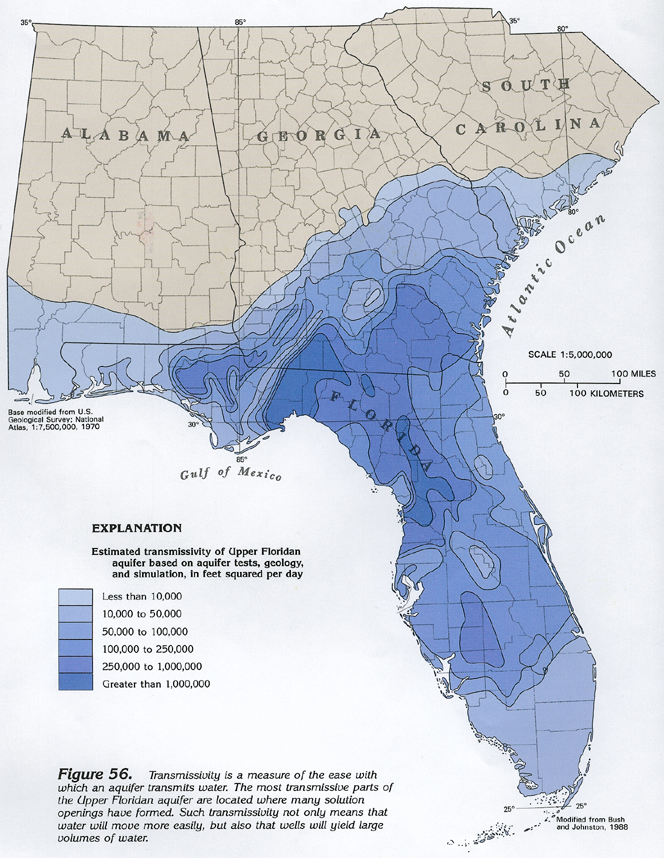Ogeechee Riverkeeper (ORK) is hosting a informational webinar on aquifers, groundwater and sustainability with James Reichard, Ph.D., professor of geology at Georgia Southern University (Statesboro). Reichard will speak about how aquifers work, with a focus on the Floridan Aquifer as well as the various uses of groundwater and issues surrounding long-term sustainability. This online webinar will also give viewers a chance to ask questions.
The webinar is free; registration is required.
About James Reichard, Ph.D.
Dr. Reichard’s early research involved modeling the effects of pore pressure changes on groundwater flow systems and on developing computing applications for aquifer tests. Since coming to Georgia Southern, his attention has shifted towards applied hydrologic research on the Georgia coastal plain. His current research involves identifying permeable pathways within the coastal plain that allow groundwater to flow vertically between aquifer systems.
